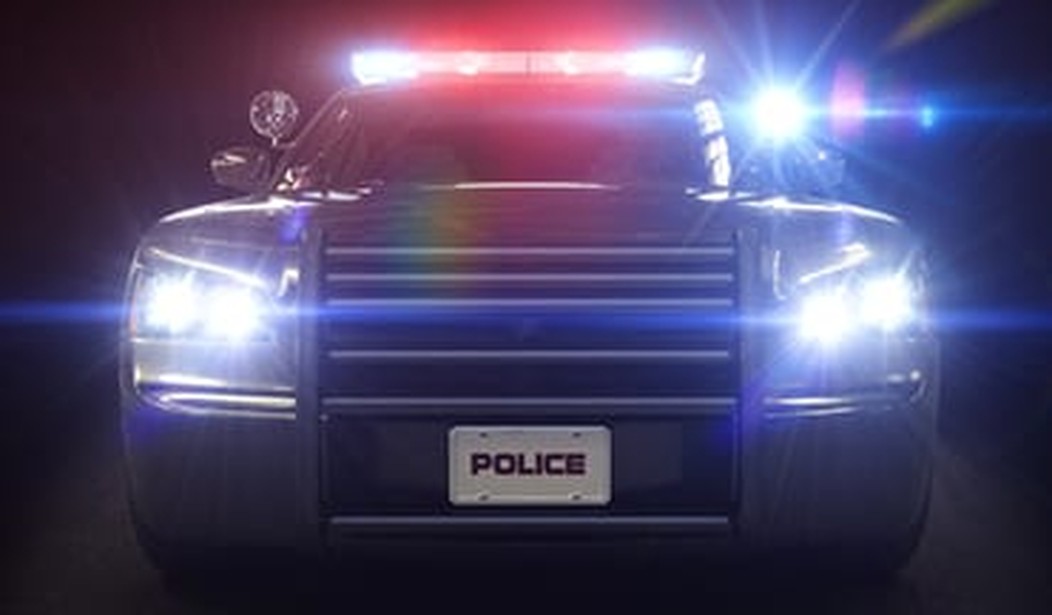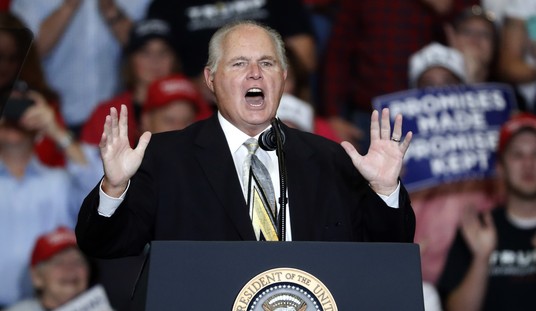Gentle readers, fasten your seatbelts. We are about to embark on a virtual tour on which you will join me in a Los Angeles Police Department patrol car cruising some of the city’s most crime-ridden neighborhoods. We will be patrolling the LAPD’s 77th Street Division, which year after year ranks at or near the top in violent crime among the city’s 21 patrol divisions. The Los Angeles Times tracks crime in more than 200 communities across L.A. County, and five of the top ten on the list are in 77th Street Division.
Leading the Times’s list, with a violent crime rate of 145.7 per 100,000 residents, is the deceptively placid-sounding Chesterfield Square. Somewhat strangely, there have been no homicides reported in the area in the last twelve months, though this is perhaps owing more to the efficacy of Fire Department and emergency room personnel than a lack of effort by the local hoodlums. During that same period, the adjacent areas of Hyde Park and Vermont Square have seen 12 and 13 murders, respectively. Not far away, the Florence area, patrolled by 77th Street and the neighboring Newton Division, has seen 21 murders during the same period.
So it’s a lively part of town we’ll be touring, though not in the sense that attracts tourists to other, more glamorous sections of the city. No, this is South Los Angeles, the area tourists can see out the airplane windows just before landing at LAX before spending the rest of their vacation avoiding it.
Our tour begins at six in the evening in the roll call room at the 77th Street Station, where our watch commander informs us on the latest crime trends and instructs us on the methods the department’s upper chain of command would wish to see employed to address them. These instructions are soon forgotten, as the officers with us in the roll call room realize all too well that, for reason we’ll explore below, the upper chain of command is all but worthless in the cause of fighting crime.
After roll call we are issued our required gear and tackle, including shotguns, Tasers, fresh batteries for our radios, and keys for our black-and-white. Thus equipped, we load up and head out into the night to see what awaits. But, as little can be accomplished on an empty stomach, we stop to fortify ourselves at one of the fast-food establishments near the campus of the University of Southern California. Yes, it’s technically outside our division, but there are few eating places within 77th Street’s borders where a cop can feel confident his food has not been tampered with in some nauseating fashion.
Properly nourished, we are ready to get down to some serious police work. We are familiar with the dozens of street gangs that claim territory in our patrol area, and we have been encouraged to focus our enforcement efforts on the gangsters, particularly those involved in current hostilities. We are mindful of, to cite just one example, the murder of Jermaine Murray Jr., age 17, who on Jan. 25 was shot and killed near the intersection of 83rd and Main Streets. The L.A. Times reported that “police believe the killing is part of a feud between rival gangs.”
So we are alert to the presence of gang members traveling through rival territory, or of those in their own territory whose behavior might indicate they are preparing to advance the feud. It’s just a few blocks from Main Street to Avalon Boulevard, but when one traverses that distance one has crossed from one gang’s territory into another’s. As we drive slowly along 83rd Street, we see gathered near the entrance to an alleyway just east of Avalon a few members of the local street gang, one of whom is perhaps responsible for killing Jermaine Murray.
In an ideal world, you and I might approach these young men. We might radio for another unit or two to assist us, as the mere sight of our slowing and the opening of our doors might very well set them off running in all directions. What’s more, one or more of them might be armed, or there may be guns secreted nearby for ready access should some rival venture across Avalon looking to settle up for Jermaine’s killing. These and many other things cross our minds as we weigh the possibilities for our course of action.
What do we do? We drive on, for we are not police officers in an ideal world. We are police officers in Los Angeles in the year 2016, and we know there is little to be gained and much to be lost if we get out of our car and engage these young men. If none of them runs and none is armed, if everything goes as pleasantly as things can go these days, we will at the very least be given a load of grief, first by the young men themselves, then by the many family members and other sympathizers who, attracted by the commotion, will soon emerge from nearby homes and apartment houses.
And if one of them runs? Well then we might have to chase him, and if we catch him we might have to hit him, an incident that will be captured on cell phone video and posted on YouTube and, if the footage is sufficiently inflammatory, broadcast on local television news. And if one of these young men is armed and we have to shoot him, and if video of the shooting does not clearly demonstrate that we were fired upon first, we will see our chain of command abandon us and pronounce our tactics unsound, this despite the fact that few of our superiors have actually stood in our shoes. And we might see that video become a national news story, one that will prompt the police commissioners, the mayor, the governor, and even the president of the United States himself to offer their unschooled opinions on the deficiencies of our actions.
So, as we are not fools, we drive on. And if one of those young men should later fall at the hand of a gang rival, or if one of them should venture over to Main Street and shoot some other member of Jermaine’s gang, well then, we’ll go code-3 to the crime scene and ring the area with yellow tape and stand around while the homicide detectives sort things out. And we’ll go home and tell our family and friends how sad it all is, but what can we do?
And now that we’ve chosen to ignore this gathering of street criminals, and after other officers have done the same with similar groups across the area, those criminals will be all the more emboldened to carry on with the behavior that terrorizes their law-abiding neighbors, for the only thing that will deter that behavior is the credible threat of the bad consequences that flow from being stopped by the police while possessing a gun. If the cops won’t act, if they drive on by, the drive-by shootings will only increase.
And that is exactly what is happening in Los Angeles. The twelve murders reported in 77th Street Division so far this year is double the amount for the same period last year. And so far this year, arrests for violent crime in the area are down by 19 percent. In Southwest Division, just to the north of 77th Street, there have been ten murders this year compared with none at this same time last year. Yes, some areas of the city have seen their homicide numbers decline incrementally, but in the city as a whole there has been a 16-percent increase in murders over last year.
Change the particulars and the same principles apply to almost any city you can name. Murder rates are soaring in Chicago, Milwaukee, St. Louis, Baltimore and elsewhere as the police in those cities, acutely aware of the politics of the moment, attune their behavior so as to minimize risk – not the risk to life and limb, which they accept and prepare for as part of the job, but the risk to their livelihood that arises when the tactical decisions they make in the blink of an eye are viewed through a political prism for months or even years. There is no amount of training that can prepare a cop for that risk; there is only the choice to avoid it.
Spring is here, and the “shooting season” of the summer months is not far off, as is a political season promising sharp disagreements that will be manifest in the streets. Beginning in May and continuing into the fall, the trials for the six Baltimore police officers accused in the death of Freddie Gray will serve as constant reminders – if any were needed – of the political perils today’s police officers must face.
Crime is up and will go higher. Don’t expect this to change any time soon.










Join the conversation as a VIP Member